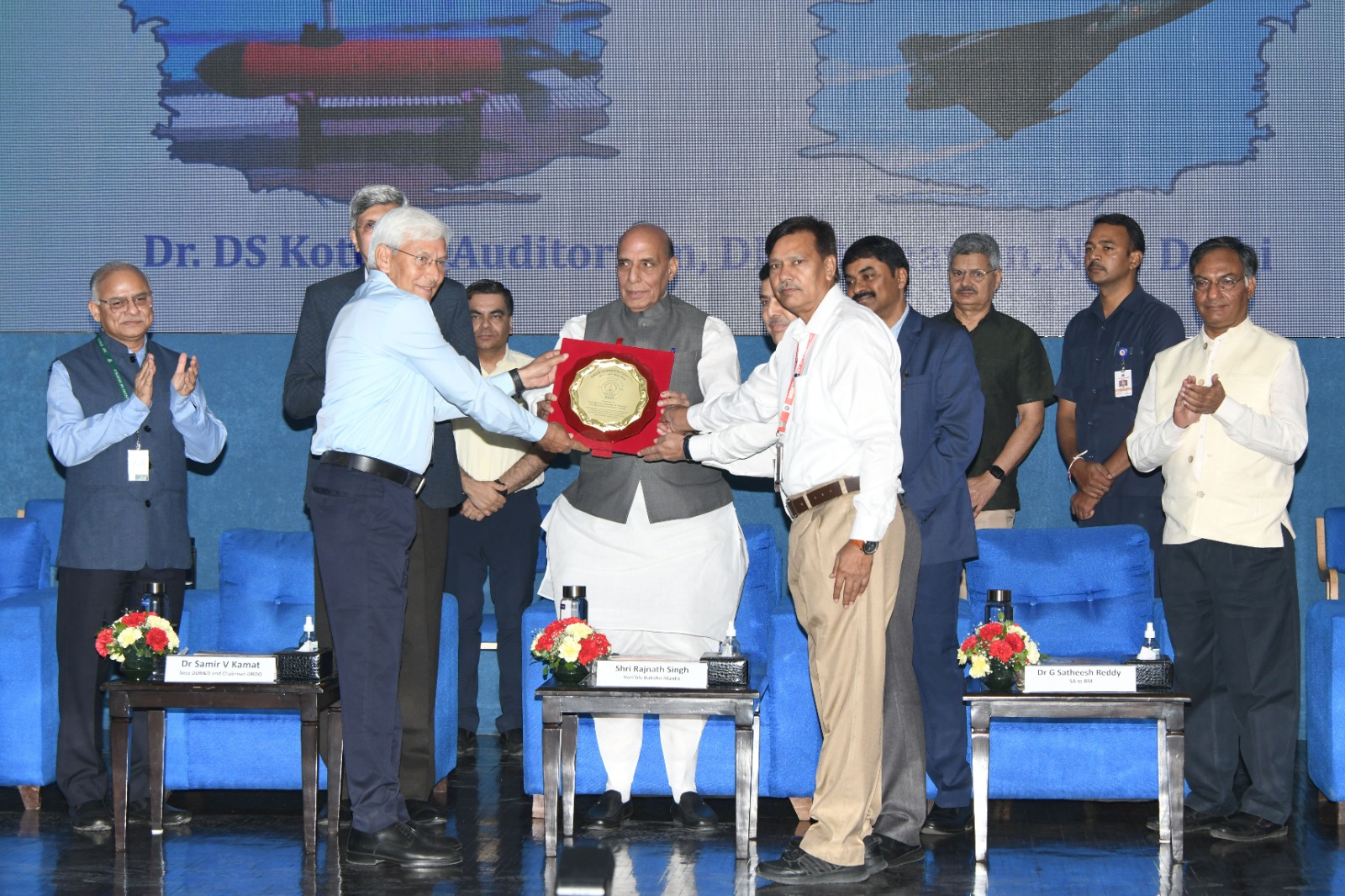The data centre facility industry in India is growing at a fast pace as data generation and consumption along with digital transformation is also on the rise. In a recent report by JLL, it states that the industry’s capacity can cross the 1 GW mark by 2023—2X of what it was (499 MW) as of H1 2021.
The compound effect of government’s push for digital adoption, Infrastructure industry status and private enterprises undergoing digital transformation, new age start-ups setting and consuming digital platforms to launch new services and products e.g. fintech, insurtech, aggregators, market place, need for vast data storage for data consolidation, developing DATALAKE, DW for data mining, ML and AI.
At the same time operators wanting to serve other markets from India are giving a structural push to the industry. This trend would continue and with the advent of 5G, ever-increasing use of data, cloud consumption and real-time applications, would usher high growth over considerable future.
Let’s take a look at some key areas where localization of data center facilities can be the catalyst of growth for the digital economy Data Localization (Regulatory Requirement): Data localization simply put means curbing the flow of PII data to any foreign land. Government of India has issued guidelines and draft bill called India’s Personal Data Protection (PDP) bill 2019, in-line with EU GDPR, mandatories the need to store and/or process PII data of Indian citizens within country’s geographical boundary.
RBI has already made financial transactions by all fintech and payments processing entities to be stored, processed and archived within country from 2018.
GoI push for growth: In the Union Budget 2022, the honourable Finance Minister Ms Nirmala Sitharaman has accorded infrastructure status to data centres. Data centres and energy storage
systems will now be included in the harmonized list of infrastructure. This will now help to facilitate credit availability for digital infrastructure and green energy storage
Additionally, the many state governments are bringing in data center specific policies to provide
power, land and connectivity infrastructure along with fiscal and non-fiscal incentives. The policy offers 50-100% exemption from stamp duty and eligibility for a 100% subsidy of electricity tax on power purchased from the state utility. Besides these, it also offers preferential public
procurements, open access to draw power, uninterrupted redundant power, and water supply
connections with specific building codes for data centres.
This is similar to software export incentives extended from 1997 upto 2012 in India that offered
zero tax scheme for software service industry operating from STPI and SEZ resulting in massive growth in India’s IT industry catapulting it into world largest software service industry. Penetration and Speed: Better accessibility to data, Indian communications service providers are
expanding 4G networks and are preparing networks for the launch of 5G.
Multiple initiatives introduced by the government like smart & safe cities, drone based delivery, land record digitisation & other e-governance initiatives etc. will all depend on large infrastructure base which will in turn help them drive better data governance.
Even the initiative of Bharatnet, will help bring connectivity to even the remotest locations in the country, all these would need massive Infra for switching, processing (compute) and data (storage) and facilities to host these IT Infra.
5G services to drive growth in data consumption: Businesses and service providers will continue to evaluate the most price–effective ways to boost capacity and capability for 5G implementation
plans. When it comes to data centres, 5G offers faster access to information, which will lead to more edge data center deployments.
As data becomes more latency-sensitive and demands quicker access, we are witnessing a shift away from large core, small edge data center architecture, towards smaller core, larger edge data centre architecture. Cloud core 5G will considerably increase data center construction by private companies.
Cost optimization, Reducing Carbon Footprint: Leading industrial organisations like CII are striving to create guidelines for India that will help DCs become more energy efficient & Green in an effort to minimise their carbon footprint and operational costs.
Adoption of sustainable power sources such as solar/wind/biomass to auxiliary loads, new building construction techniques to absorb less heat, use of energy efficient products in electrical and mechanical systems, and water side and air side economisers to extract free cooling (from the atmosphere) to reduce cooling loads are all part of the new design paradigm.
A focus on DC automation and real-time monitoring of all crucial metrics, such as energy efficiency, follows logically from the foregoing (PUE-power usage effectiveness). There has been a transition from manual to automated processes.
Better data security: Security is one of the main comforts of a local data center. Especially when the data center is within an hour of your place of business, you can always check up on security in person easily. One can use in-person security features to gain access to the servers.
Data centers are at the center of the industrial world.
As technology continues to evolve, the explosion of data wouldn’t be easy to handle internally by the companies themselves. Moreover, millions of internet users and rapidly increasing businesses have set the base for the growth of the data centre industry in India. This will be at the core of stimulating innovation and new ways of doing business across sectors.

Bhaskar Bhattacharya,
Executive Vice President: Enterprise Business, Aurionpro Solutions Limited





